Where poets once gathered, Baghdad's historic al-Rashid Street finds renewal
Source: Xinhua
Editor: huaxia
2025-08-12 01:39:15
by Jamal Hashim
BAGHDAD, Aug. 11 (Xinhua) -- Under Baghdad's searing sun, workers in reflective vests scrub decades of grime from the windows of historic buildings lining al-Rashid Street. Scaffolding clings to weathered facades as artisans revive intricate Islamic patterns on forgotten balconies, a testament to the tireless effort to resurrect Baghdad's most iconic thoroughfare.
This revitalization of al-Rashid Street, part of the government-backed "Baghdad Pulse" initiative, aims to restore the early-20th-century cultural artery ahead of Baghdad's 2025 designation as Capital of Arab Tourism.
Once the stage for poets like al-Jawahiri and Maruf al-Rusafi and the venue for debates among scholars, the street fell silent after decades of conflict, culminating in the sectarian violence following the 2003 U.S.-led invasion. Since the defeat of the Islamic State (IS) extremist group in 2017, fragile peace has permitted the street's rebirth.
"We aim to preserve its soul without trapping it in the past," architect Mohammed Hadi told Xinhua, highlighting balanced restoration.
"We're restoring part of the original 3-km-long street, blending historical charm with modern infrastructure by laying electricity, water, sewage, and internet cables underground. The street cannot survive on nostalgia alone; it must serve today's needs," he noted.
Engineer Sami Jalil, working on-site, told Xinhua that about 70 buildings, some dating to the 1920s, are undergoing facelifts, with structural repairs where essential.
Veteran journalist Muwafaq al-Khatib noted inspiration from the renowned al-Mutanabbi Street's 2021 revival: "That success (of al-Mutanabbi Street) created the momentum."
"This phase focuses on a 650-meter stretch between al-Rusafi and al-Maidan squares. Once completed, it will form a larger cultural and touristic hub together with al-Mutanabbi Street and the historic al-Sarai Market, attracting visitors and boosting the local economy," said the 65-year-old.
Amid construction dust and noise, the iconic Umm Kulthoum Cafe endures. Inside, the air is thick with the smell of tea. Owner Abu Marwan, tending the cafe since 1989, has weathered the street's darkest days.
"Like everyone here, I've struggled financially," he said, looking at the workers outside. "But we are willing to wait. This project will bring new life. Tourists, intellectuals, writers, families, they'll return."
Nearby, 70-year-old Abu Razzaq, seated at the entrance to a narrow alley, murmured: "I used to walk here as a young man ... Seeing this, it feels like Baghdad is breathing again. Every stone here tells a story."
Ali Shakir, 30, already thrives as he runs a small cafe in a restored heritage house linking al-Rashid and al-Mutanabbi streets.
"After al-Mutanabbi's restoration, my business flourished," he said with a smile. "Now, with al-Rashid coming back, I expect even more growth."
"The entire area will become a tourist destination, which will create jobs not only for me but for many others in the tourism, hospitality, and retail sectors. Maybe we'll work around the clock then; I'll definitely need to hire more people than I have now," he said, his eyes full of hope. ■


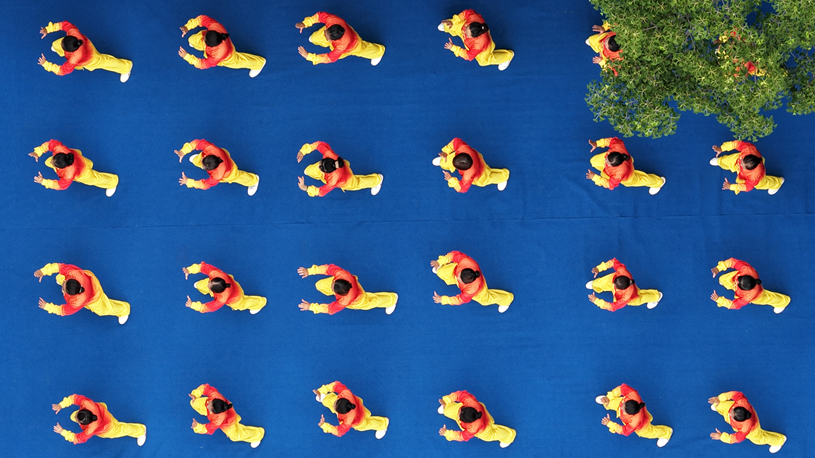
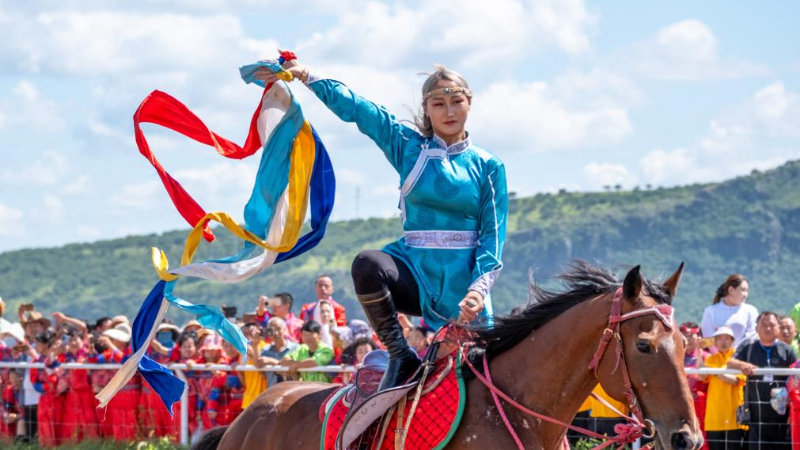
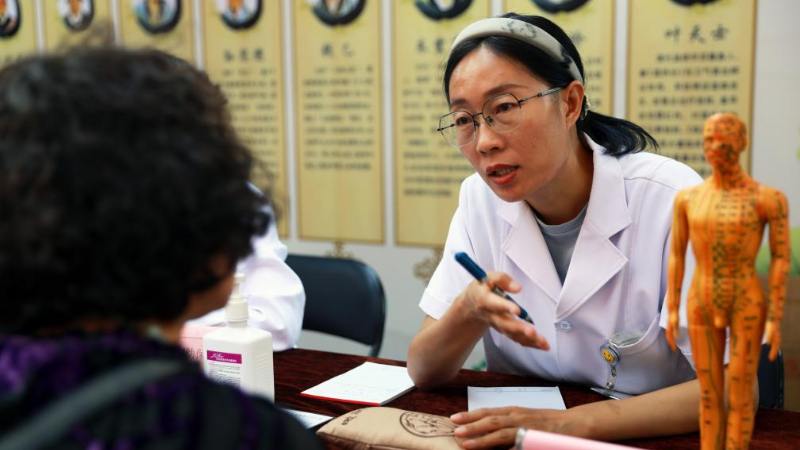

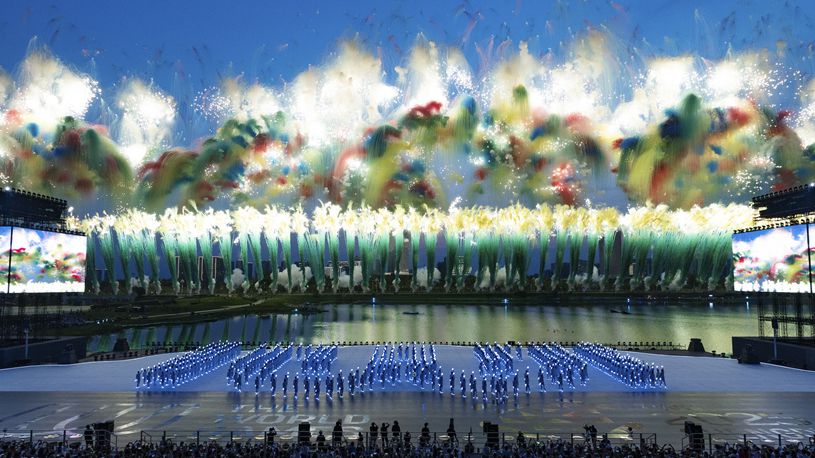

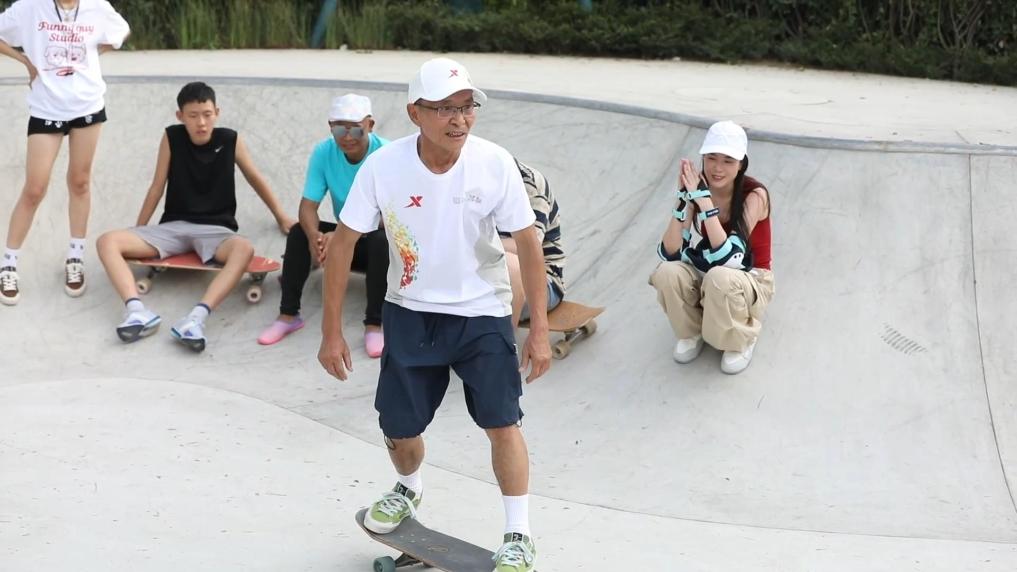




Comments